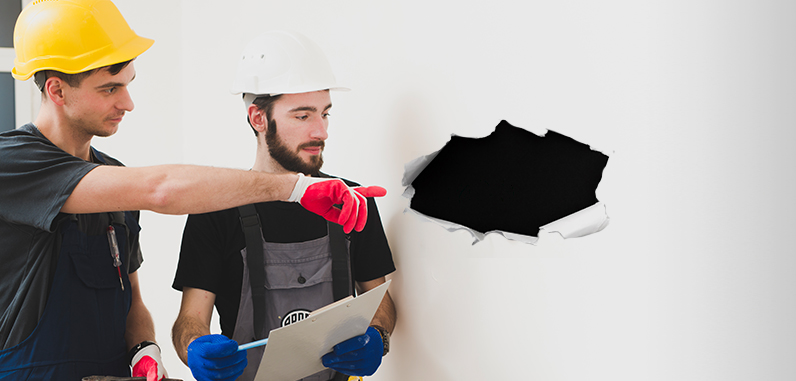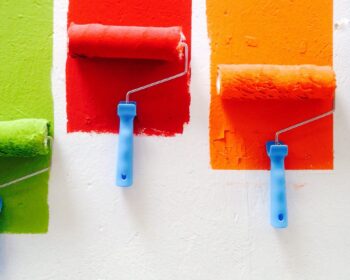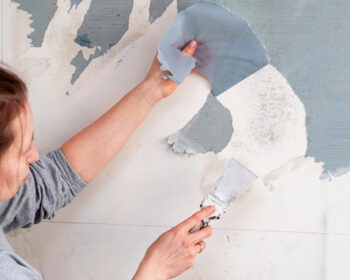
Easy Basics Step to Repair Your Home Wall Hole and Make It Unnoticeable
A home’s walls are designed to be solid, strong, and able to last for a very long time. But that doesn’t mean they’re invincible, because it’s a normal for wall to deteriorate, have some cracks, scratches, and other forms of wall damage. Fortunately, there are inexpensive ways to do wall repairs and creative painting tactics to solve the problem.
In this article we’ll tell you the basics of wall reparation that recommended by interior and exterior house painter, including the best practice to repair a wall and how to beautifully cover that recently repaired area.
Before starting any reparations project, having the right tools can be a life saver. Those tools don’t have to be fancy and expensive. The basics like sandpaper, putty knife, spackle or plaster, a wall hole patch, and a wet sponge are enough to repair a hole in the wall.
Start by removing any loose debris from the damaged area. Then use a wet sponge to place a wall hole patch on the wall and use a putty knife to apply spackle or plaster around the hole. Smoothen the area with sandpaper. After doing this type of drywall repair, you may want to spray the area with a texture spray before moving on to the painting portion of the project.
Methods for Drywall Repair
Although the method that we just mention is the most common one for wall reparations, you can use alternative methods for minor holes. For example, you can fill very small holes with white toothpaste because it dries to perform like spackle. If you have super glue and backing soda, you can create a mixture strong enough to repair holes. For larger drywall repair projects, you might need to cut a piece of drywall or even cardboard a bit larger than your hole to serve as a patch or call in a professional to help.
Covering the Newly Repaired Spot with Paint
It’s important to properly repair a wall before painting it, but once the area is dry and smooth, you are ready to prime the surface. Aside from help filling the imperfections, primer is important because it allows the top coat of paint to adhere to the surface better. Paint the wall in all directions with the primer for the best coverage, and then move on to your desired paint color.
Get Creative with Your Wall Repair Project
Small wall holes can often be easily painted over and never noticed again; however, large holes may require a bit more creativity. To draw attention away from textural differences due to a wall repair, consider painting over the entire area with a drastically dark color to serve as an accent wall.





